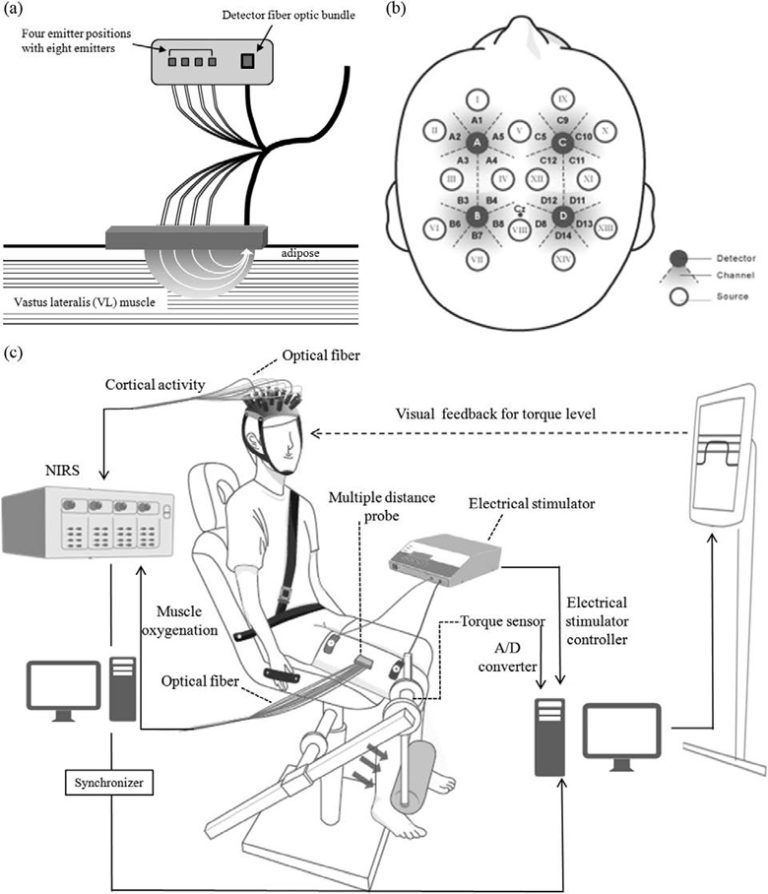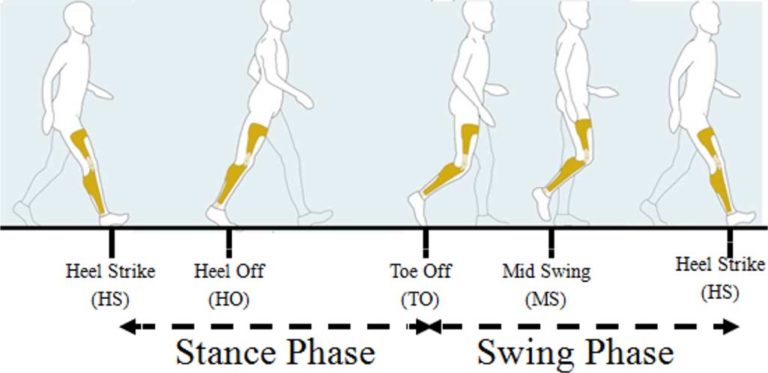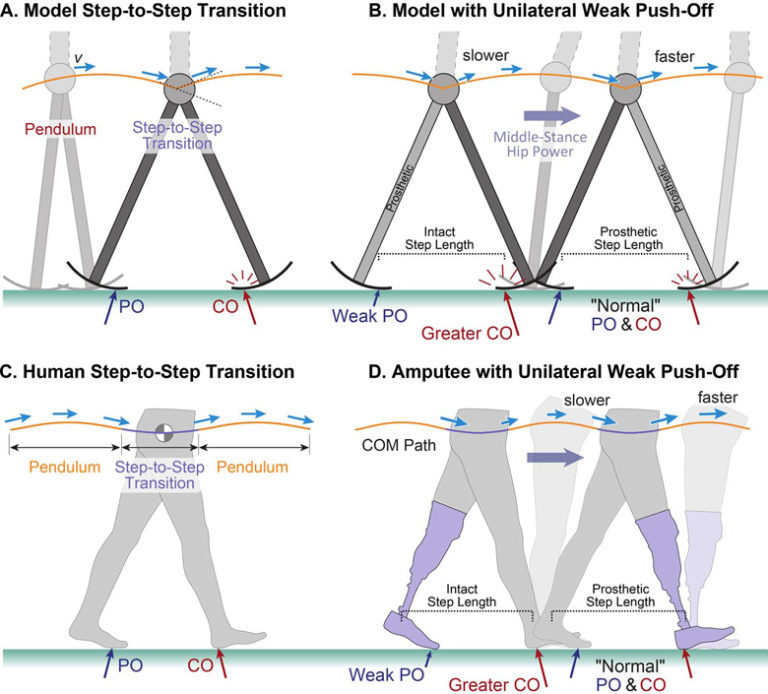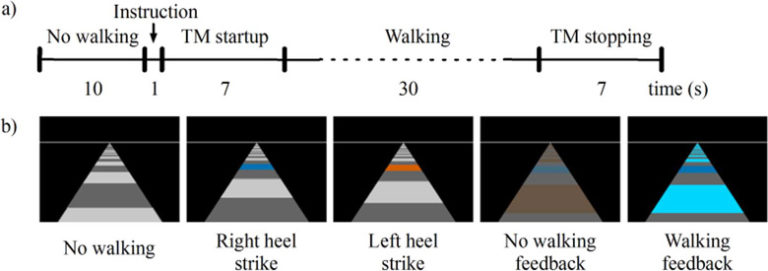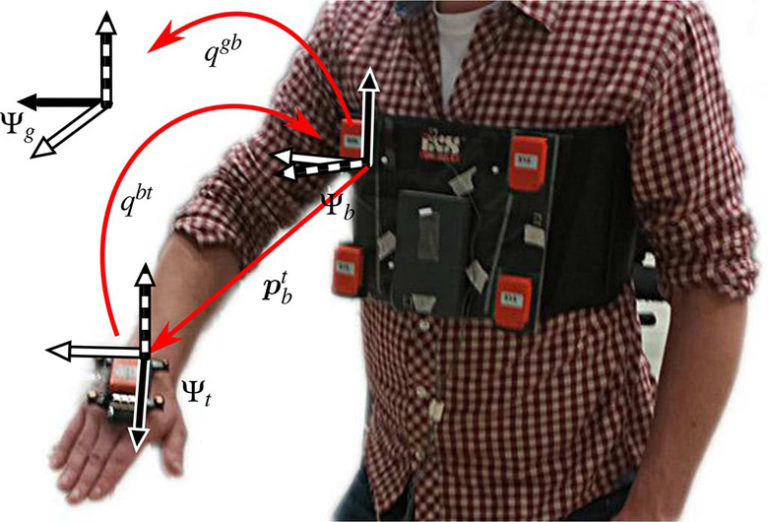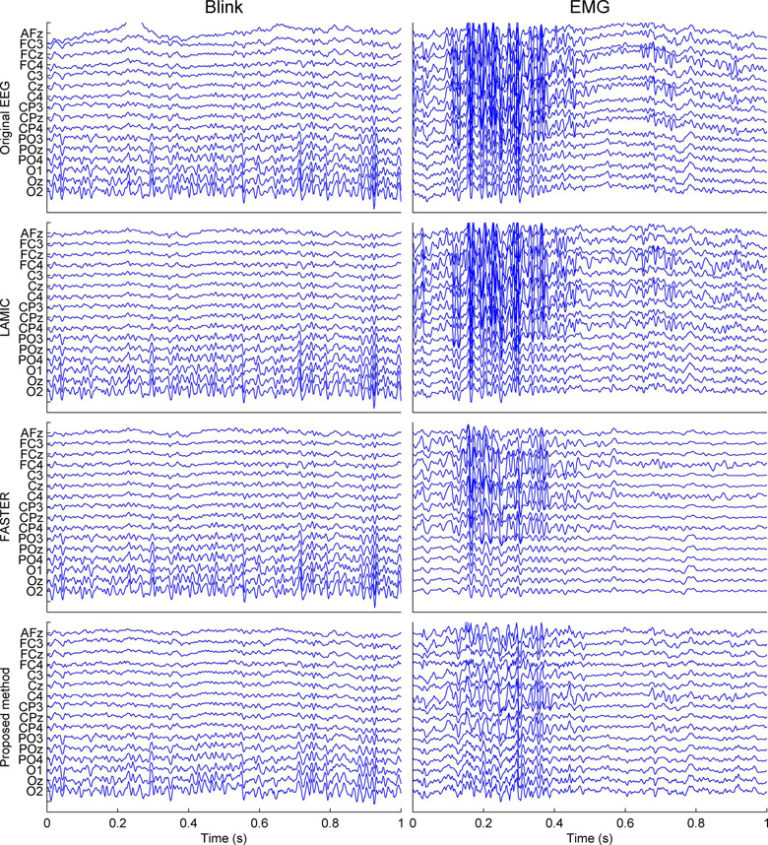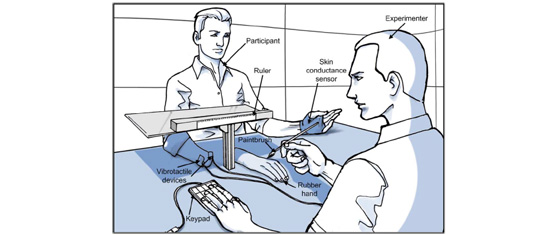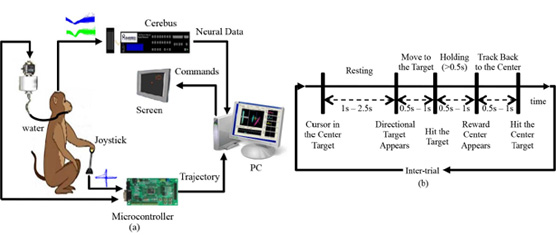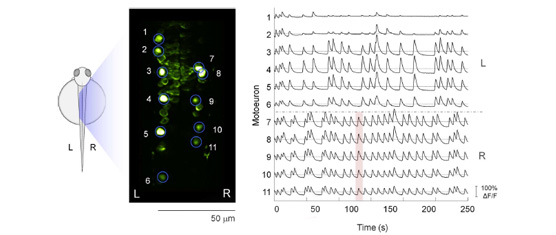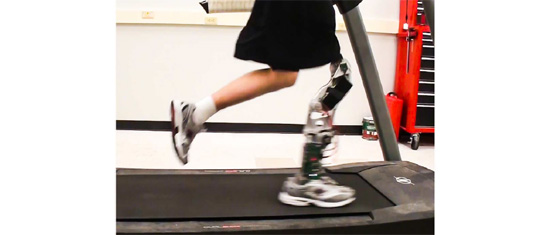Hybrid activation (HA), patterned electrical stimulation (ES) superimposed on attempted voluntary movement in close synchrony, can augment muscle force output. It has been proposed for limb function restoration and neuromodulation.…
read moreThis paper presents a new highly accurate gait phase detection system using wearable wireless ultrasonic sensors, which can be used in gait analysis or rehabilitation applications. The gait phase detection…
read moreUnilateral lower-limb amputees exhibit asymmetry in many gait features, such as ground force, step time, step length, and joint mechanics. Although these asymmetries result from weak prosthetic-side push-off, there is…
read moreRecently, brain–computer interface (BCI) research has extended to investigate its possible use in motor rehabilitation. Most of these investigations have focused on the upper body. Only few studies consider gait…
read moreTracking human body motions using inertial sensors has become a well-accepted method in ambulatory applications since the subject is not confined to a lab-bounded volume. However, a major drawback is…
read moreA fully automated and online artifact removal method for the electroencephalogram (EEG) is developed for use in braincomputer interfacing (BCI). The method (FORCe) is based upon a novel combination of…
read moreAbstract Tactile feedback is essential to intuitive control and to promote the sense of self-attribution of a prosthetic limb. Recent findings showed that amputees can be tricked to experience this embodiment, when synchronous…
read moreAbstract Reinforcement learning (RL)-based brain machine interfaces (BMIs) enable the user to learn from the environment through interactions to complete the task without desired signals, which is promising for clinical applications. Previous studies exploited…
read moreAbstract The recent development of genetically encoded calcium indicators enables monitoring in vivo the activity of neuronal populations. Most analysis of these calcium transients relies on linear regression analysis based on the sensory…
read moreAbstract This paper presents a running control architecture for a powered knee and ankle prosthesis that enables a transfemoral amputee to run with a biomechanically appropriate running gait and to intentionally transition between…
read more
